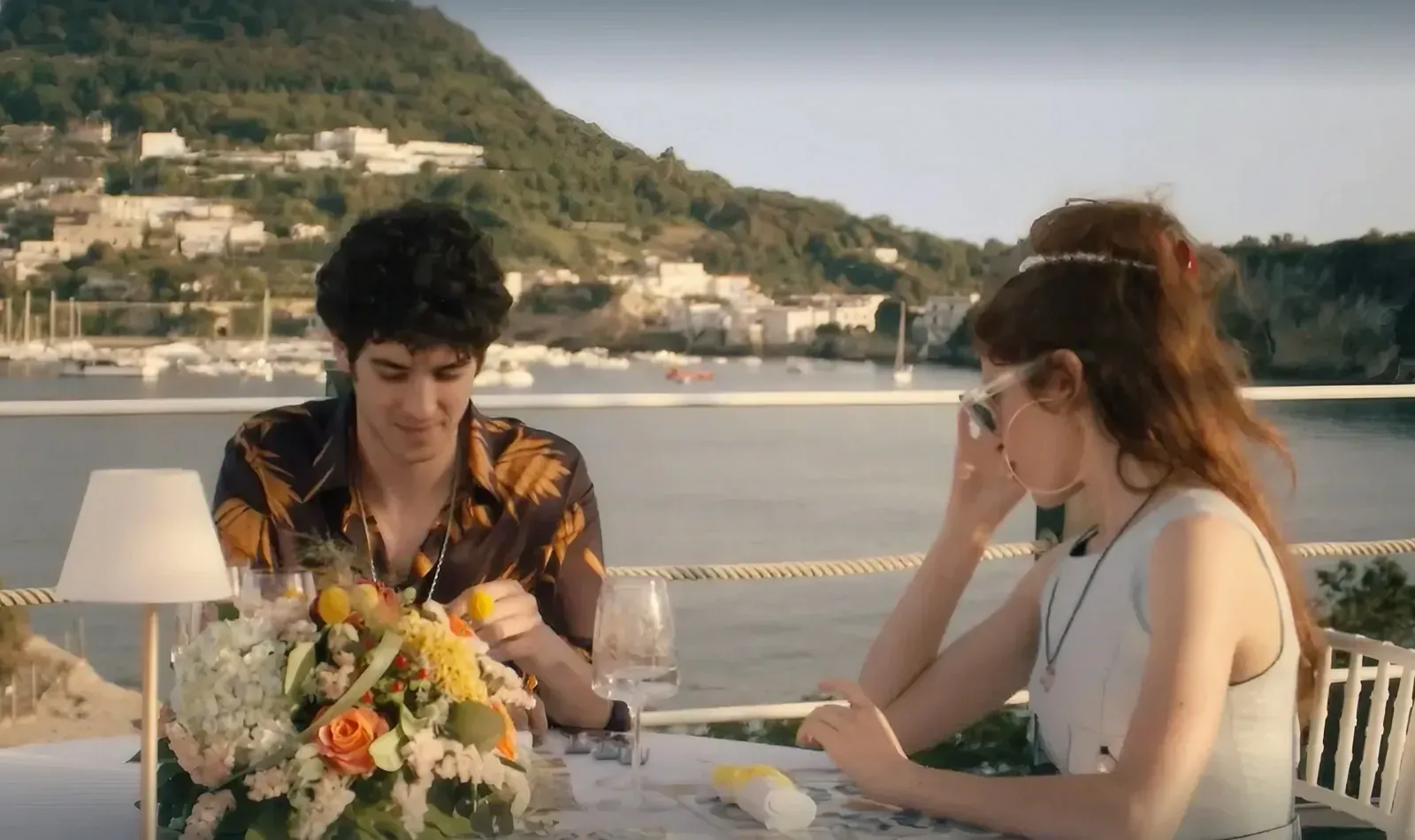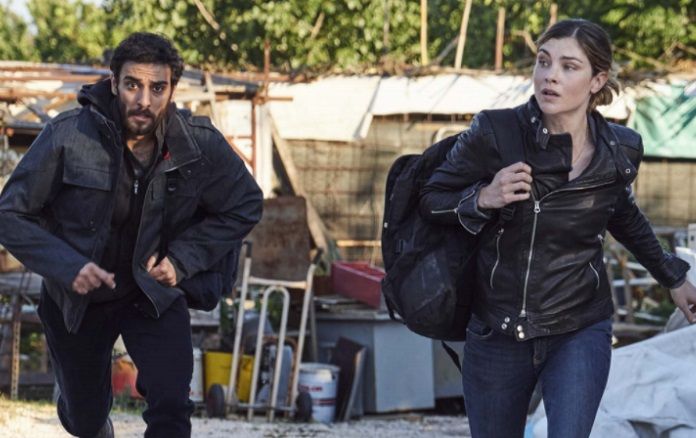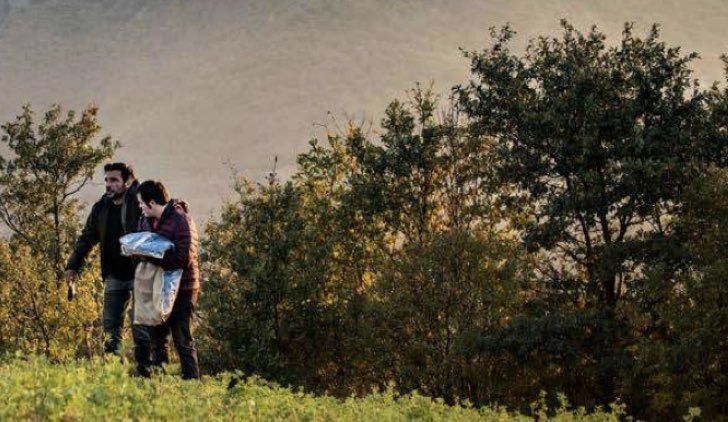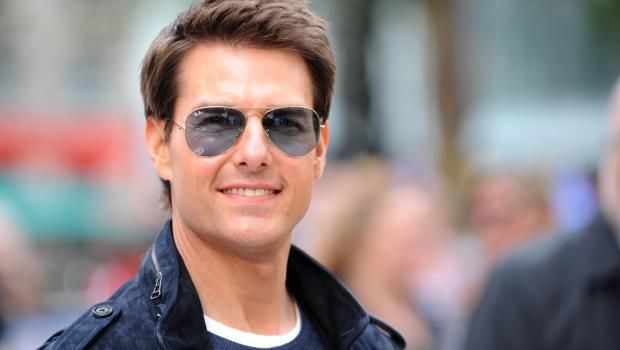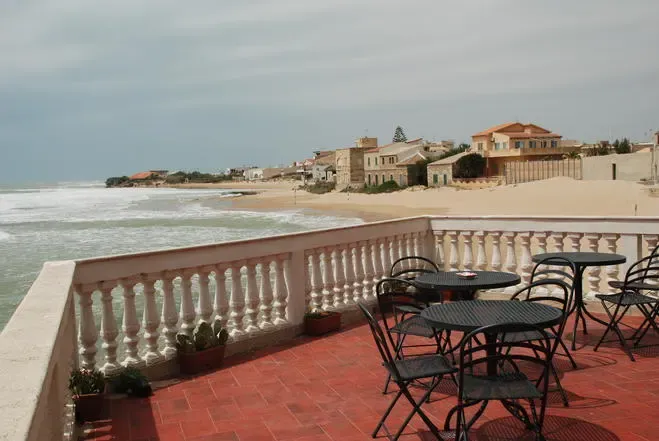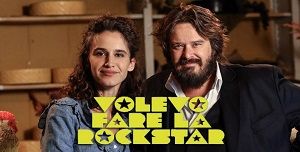Sei nella sezione News dall'Italia
XIV Convegno sul Cineturismo|Sue Beeton (Foundation Chair, College of Eminent Professors William Angliss Institute)
20 Agosto 2016
Visualizzazioni
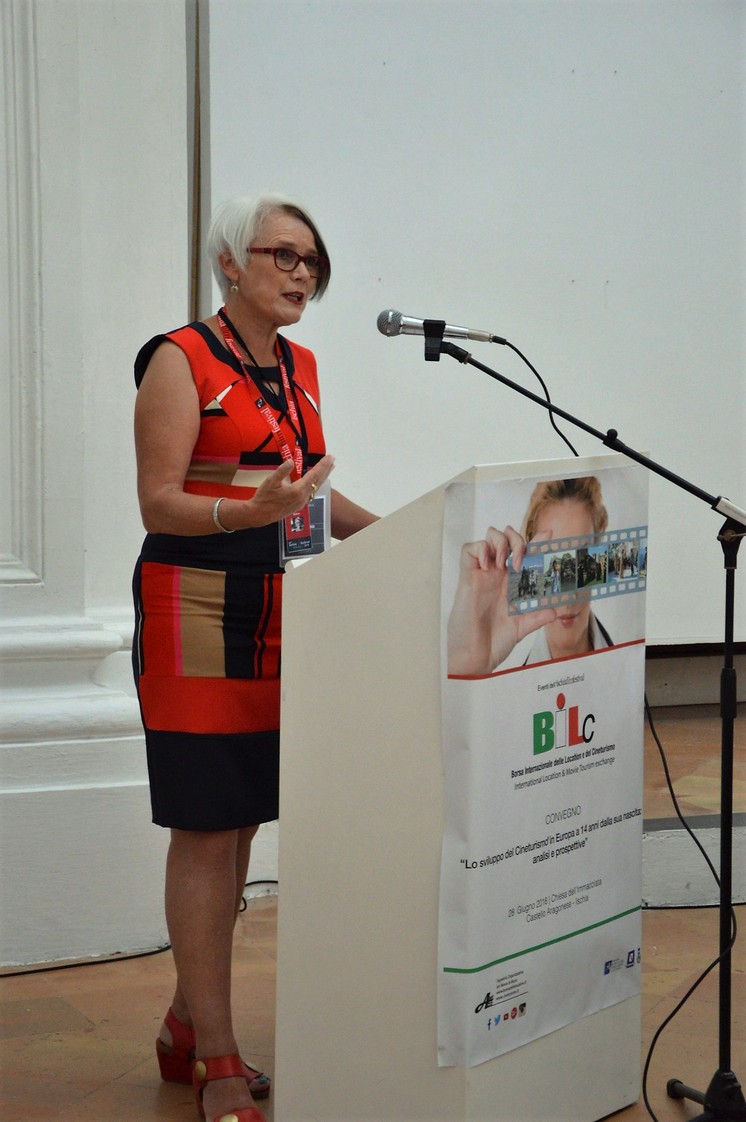
Sue Beeton (Foundation Chair, College of Eminent Professors William Angliss Institute), dall’Australia, ha focalizzato il suo intervento sulla necessità di valorizzare il Territorio: “Attraverso le locations cinematografiche, e viceversa, bisogna offrire al turista la possibilità di vivere una esperienza nuova a contatto con la realtà del luogo stesso, mista alla storia narrata e a tutte le tradizioni, agli usi e ai costumi, custoditi da millenni e tramandati per generazioni. Oggi anche la tecnologia è cambiata insieme alla Società e sono stati creati i cosiddetti ‘Parchi a tema’: puro Cinema, sviluppato in tutte le sue forme.”
L'INTERVENTO
TRAVEL, TOURISM AND THE MOVING IMAGE: Creating Locations
Based on Travel, Tourism and the Moving Image, Beeton, 2015
The cinema does not just present images, it surrounds them with a world. Deleuze, 1989: 69
Studio-owned theme parks can provide a physical place for the fantasies they present on screen to exist in the ‘real world’. Or, at least, the world that human beings physically inhabit. To date, the primary focus of most research has been on tourism and fictional movies and TV series, and how we as tourists relate to their physical filming locations at destinations.
But, when a movie is not filmed or set in a clearly defined, physical location, how can we still attract tourists? While there are a few responses to this question, the most obvious would be the studio owned theme parks, in particular the Disney and Universal Studios along with Warner Brothers, who not only have their own theme parks, but have also partnered with Universal to develop The Wizarding World of Harry Potter theme park.
Creating the Immersive Experience: Technological Development
Most of the technology applied to the theme park rides comes primarily from the motion picture industry itself, where compressing time and space into a few minutes, yet telling a cogent story is elemental to film-making. One of the first examples of this was the Back to the Future ride at Universal Studios theme park in California, where in 1990, Doug Turnbull’s technology combined 35mm film with a flight simulator to create a movie based theme ride (Hannigan,1998).
The Wizarding World of Harry Potter (which opened in June 2010 at Universal Orlando) reaches new heights. The key experience at The Wizarding World of Harry Potter, “The Forbidden Ride”, comprises not only the wild simulation ride from the ‘top’ of Hogwarts, but also the journey to get to it, merging two forms of dark ride to create the most immersive experience I have had. Here, the engineers have combined a dark walking ride with a rail based dark ride with the seats being held above the track by a robotic arm, allowing them to pivot and tip most convincingly – certainly my arms were stiff and sore from ‘holding on’!
In another engaging use of technology, Universal has created a space for animated characters to directly interact with the audience, beyond simply using costumed characters. At Universal Studios in Singapore, we have the opportunity to personally interact with the animated character of Donkey from the Shrek movies itself, not a human in a costume. Donkey entertained us from the stage of a night club where he directly conversed with the audience, in real time.
This is known as ‘digital puppetry’ and was developed in 1988 by the Henson Studios for use in Sesame Street (1969 - ) Sturman (1999). Basically, the puppeteer uses a computer or model to manipulate the image of the character as projected in real time on to a screen, which in the case of Donkey was a fine gauze screen with a nightclub set in the background, giving Donkey the appearance that he was in the club.
Film studio theme parks have the ability to ‘celebrate populist films that are set anywhere and can be viewed anywhere in the world, hence reducing the park’s geographical appropriateness or its cultural relationships to the theme.’ (Beeton, 2005a: 184-185). They also can create ‘real’ places where there were none, as with animation and fantasy.
Beyond the Theme Park
However, these immersive relationships and creation of a destination are not only found in theme parks. Recently, the Melbourne Museum in Australia presented Jurassic World, The Exhibition, which re-presents us with a simulation of the park from the movie itself. That an educational place such as a museum can present a fantasy is fascinating – at times I was unsure where the fiction ended and the fact began, including introducing us to the fictional scientists and even the development of new dinosaurs, such as Indominus Rex and so on. Also, the children’s TV and book series, Thomas the Tank Engine has been placed in to locations all around the world, with the development of A Day out with Thomas, which can be developed at old train stations anywhere in the world where there is a sufficient range of engines. That said, it is tightly controlled by the copyright holders.
Film, Illusion and Tourism
In effect, all of this discussion is closely linked to fandom, tourism and the tourist experience, where the visitors are seeking out opportunities to ‘live the dream’, often in place of their current lives. Many of our movies and TV series present illusions that create the place where such dreams are realized. The movie sets and studios created this illusion and film tourism sites perpetuate that illusion by providing a physical space where we can further experience the illusion of film, particularly in relation to fantasy and animation.
References
-Beeton, (2005), Film-Induced Tourism, Channel View, Clevedon
-Deleuze, G. (1989) Cinema: The Time-Image, Minnesota Press
-Hannigan, J. (1998) Fantasy City: Pleasure and Profit in the Postmodern Metropolis, Routledge, London
-Sturman, David J. (1999) A Brief History of Motion Capture for Computer Character Animation, http://www.siggraph.org/education/materials/HyperGraph/animation/character_animation/motion_capture/history1.htm [accessed February, 2013]
Altri articoli correlati
-

Toni Servillo sarà Eduardo Scarpetta: a Napoli le riprese di “Qui rido io”, nuovo film di Martone
